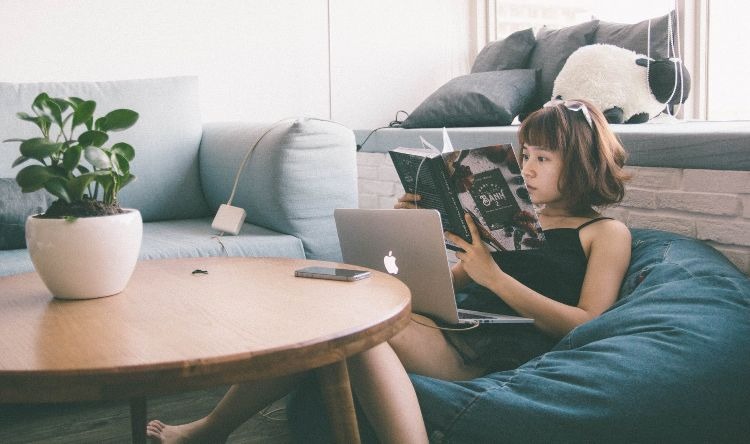Thoughtful design can make or break an office. In fact, research by The American Society of Interior Designers shows that workplace design influences not only work performance, but also health, wellness, and employee satisfaction. Whether it’s your home office or an office that you share with your team, you’ll have put care into making it a space where creative minds can thrive.
As we spend so much time at our desks, it can be easy to invest all of the design efforts in the main office. But with workplace communication at the top of everyone’s agenda, have you spared a thought for where you have your meetings?
Many people loathe meetings and find that they are often unproductive or a waste of time. Sometimes, the room doesn’t help. We’ve all been in a cramped, stuffy conference room where we’re more likely to snooze accidentally than to spark off creative ideas. So how can you create a meeting room that will inspire and uplift, instead?
Getting The Lights Right
Dim lighting can cause eye strain and sleepiness, while harsh, fluorescent lighting can make it harder to focus and can even trigger migraines. Natural light is usually best, but if this isn’t available, opt for variety. Having a mixture of wall lights, recessed lighting, and lamps gives flexibility depending on the mood in the room or the weather outside.
Avoid strip lighting wherever possible, since this is harsh. You could accessorize with beautiful or quirky light fixtures to add some visual interest to the room and make it feel less clinical.
Create A Versatile Space
By now, we all know that too much sitting is bad for our health. Many workplaces now offer stand-up desks to encourage better health and well-being. But did you also know that standing up during meetings can increase focus and productivity? Standing can even help meetings to run shorter since nobody likes being upright for too long.
Standing won’t be possible for everyone, so create a versatile meeting room with different options that staff can move between. As well as standard seating and the opportunity to remain on your feet, you could offer gym balls, bean bags, rocking chairs, or sofas.
Allowing people to move around can unleash creativity and boost communication, as well as keeping the team more engaged. You could take walking meetings, or think of ways to get people moving during the meeting, for example, by asking them to move around the room to indicate where they stand on a topic.

Make It Homely
If the room feels barren or without personality, it can really dampen the spirits. Try to make the meeting space more comfortable and homely. Why not add some beautiful framed pictures on the wall, or hang a mirror? Consider adding shelves filled with colorful and relevant books that add decoration while also encouraging the team to dive into personal development.
The conference table is typically the focal point of the room. It’s often long, rectangular and made from engineered woods or laminate. Think about experimenting with a more welcoming style, such as reclaimed wood round tables. The tactile nature of the material could give the room a cozy feel, while the circular shape encourages inclusion and makes conversation easier.
Consider Color
Do you ever notice how color affects your mood? This can be applied to interior design with brilliant effect. Picking the right color can be tricky, so think of the mood you’re trying to cultivate. Bright colors might be energizing, but they can also be draining and anxiety-inducing.
Warm, neutral tones can have a calming effect and make your team feel safe to contribute. According to color psychology, the color turquoise can make people feel more communicative and creative, while yellow can make people more alert.
All About Air Quality
Stuffy meeting rooms that lack air can make your team feel drowsy and lethargic. Having a gentle breeze from an open window or air conditioning can really help to make your meetings more productive. Plants are also great for air quality, as they release oxygen into the room and can even absorb toxins in the air. The peace lily is a popular choice for this. A bit of greenery can also set a positive and welcoming tone that can encourage your team to open up more.
Break Out
If meeting in the same room has become stale, consider breaking out. Certain sessions, for example, those that require out of the box thinking, might benefit from a change of scenery. You could take a walking meeting in a natural environment, or even just relocate to your local coffee shop.
Hopefully, this has inspired you to consider just a few changes to make your meeting room a place that your team can’t wait to be in.

